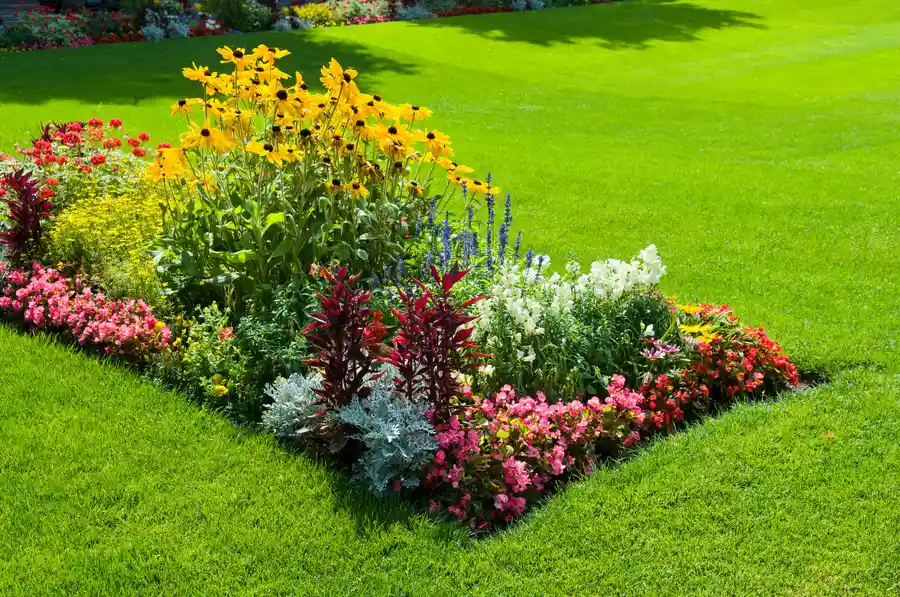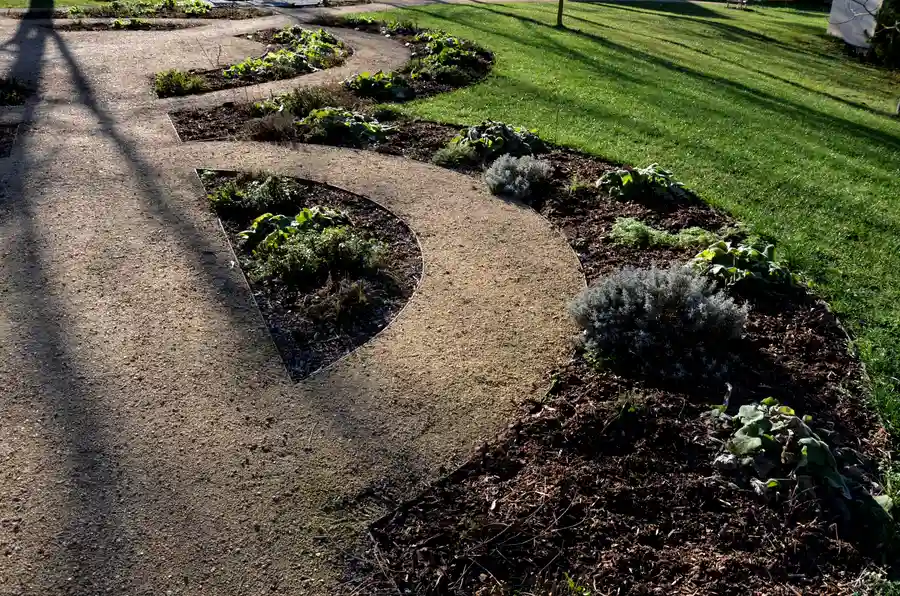Enhancing Your Garden’s Aesthetic and Functionality
Layering plant heights can transform a garden into a vibrant and dynamic space. This technique creates depth and balance, making your outdoor area more appealing. By arranging plants of different heights, you introduce visual interest while maximizing the use of available space. Besides aesthetics, layered planting also encourages biodiversity and allows each plant to flourish without competing for sunlight. This approach ensures a sustainable and visually striking landscape.
The Role of Height Variation
Using plants of varying heights is crucial in creating an inviting and structured garden. It allows for natural transitions from one section to another, guiding the viewer’s eye throughout the landscape design. Taller plants can provide privacy or act as a focal point, while medium and low-height plants add texture and continuity. Employing this strategy helps in organizing the garden layout effectively.
Creating Depth With Plants
Adding layers with different plant heights enhances the sense of depth in a garden. This method makes small spaces feel larger and draws attention to specific features. The strategic placement of tall and short plants along pathways or borders can create illusions of depth that enriches the overall visual appeal. This aspect is integral to effective landscape design.
Biodiversity Benefits
A diverse range of plant species results from layering techniques. Such diversity supports various insects, birds, and other wildlife, promoting a thriving ecosystem. Tall trees offer nesting sites, while flowering shrubs supply nectar sources. Ground covers prevent soil erosion and help maintain moisture levels. This environmental benefit underscores why many gardeners opt for layered plantings.
Maximizing Sunlight Utilization
Layered planting arrangements help in achieving optimal sunlight distribution. Shorter plants can thrive in the shade of taller ones, while those needing full sun occupy higher positions. This thoughtful arrangement prevents any single plant from becoming overexposed or undernourished, leading to healthier growth across all layers. Effective sunlight management is a key component of successful garden planning.
Steps to Implement Layered Planting
- Assess your garden’s light and soil conditions.
- Select suitable plants for each layer based on height and sun needs.
- Position tall plants towards the back or center of beds.
- Add medium-height plants in front for seamless transitions.
- Finish with ground cover plants at the edges or beneath taller companions.
Cost Considerations for Layered Gardens
Investing in a layered garden design may initially seem costly, but it offers long-term value through reduced maintenance and enhanced curb appeal. Durable perennials chosen wisely can minimize replacement expenses over time. Additionally, improved biodiversity reduces pest control costs by naturally balancing the ecosystem within your garden.
Final Thoughts on Enhancing Your Outdoor Space
If you’re looking to revitalize your garden, consider incorporating layered plant heights. This approach not only boosts visual appeal but also fosters ecological health and efficiency. For personalized advice tailored to Southlake, TX, reach out to Best of Texas Landscaping and Full Lawn Services today at (817) 602-7242. Our experts are ready to bring your vision to life, transforming your outdoor space into a breathtaking sanctuary.


